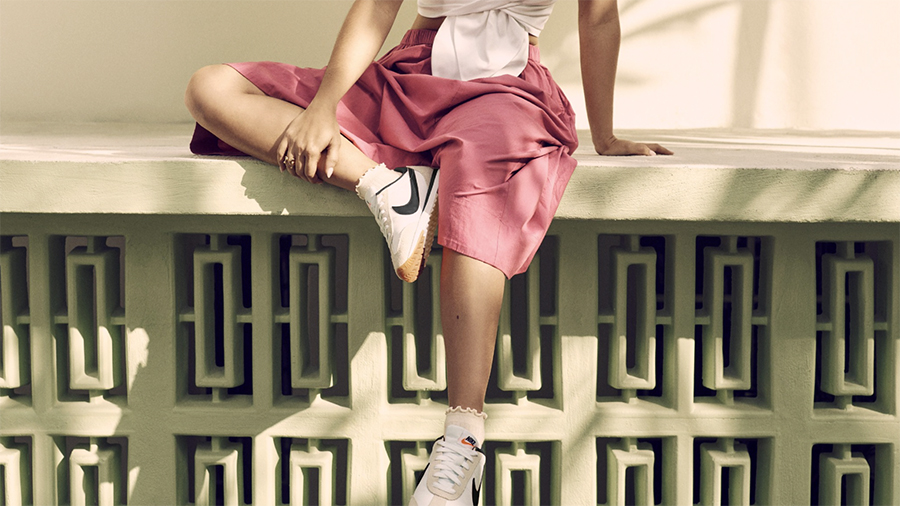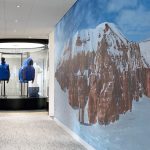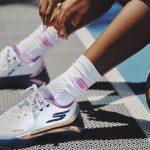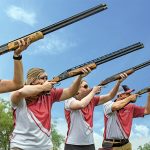U.S. footwear industry dollar sales declined 1 percent in the first half of 2025, as declines in fashion and outdoor footwear categories offset gains in the sport, lifestyle and performance segments, according to Circana’s Retail Tracking Service.
The overall 1 percent decline reflects a 2 percent decrease in units sold, partially offset by a 2 percent increase in average selling price (ASP).
On the positive side, the sport lifestyle and performance segments each grew across all three measurements: dollars, units and ASP.
The sport lifestyle, or athleisure, segment is the largest footwear category, and the 3 percent gain in dollar sales was driven by running-inspired styles. Soccer/football- and cross-training-inspired styles also remained strong. In the performance space, walking shoe dollar and unit sales each rose by double digits. Running and cross-training were also standouts, with dollar sales up 7 percent and 9 percent, respectively.
The decline in the fashion category, measured in dollars, was 6 percent, driven by softness in the seasonal categories. There were pockets of growth in the fashion category, stemming from smaller segments such as high-heel boots, boat shoes, flats, and ballerinas. Sales of pumps were also up, as unit growth more than offset average price declines.
“Consumers continue to focus on their footwear must-haves,” said Beth Goldstein, footwear and accessories advisor at Circana. “Sneakers are driving much of the growth, along with a handful of fashion styles that offer both newness and versatility. The average price increases we’ve seen so far are largely due to a shift in product mix, with higher-priced brands and items gaining market share. However, as we move through the back-to-school and holiday seasons, rising prices may begin to test the limits of consumers’ wallets, making value an even more critical factor as they prioritize their footwear purchases.”
Image courtesy DSW















